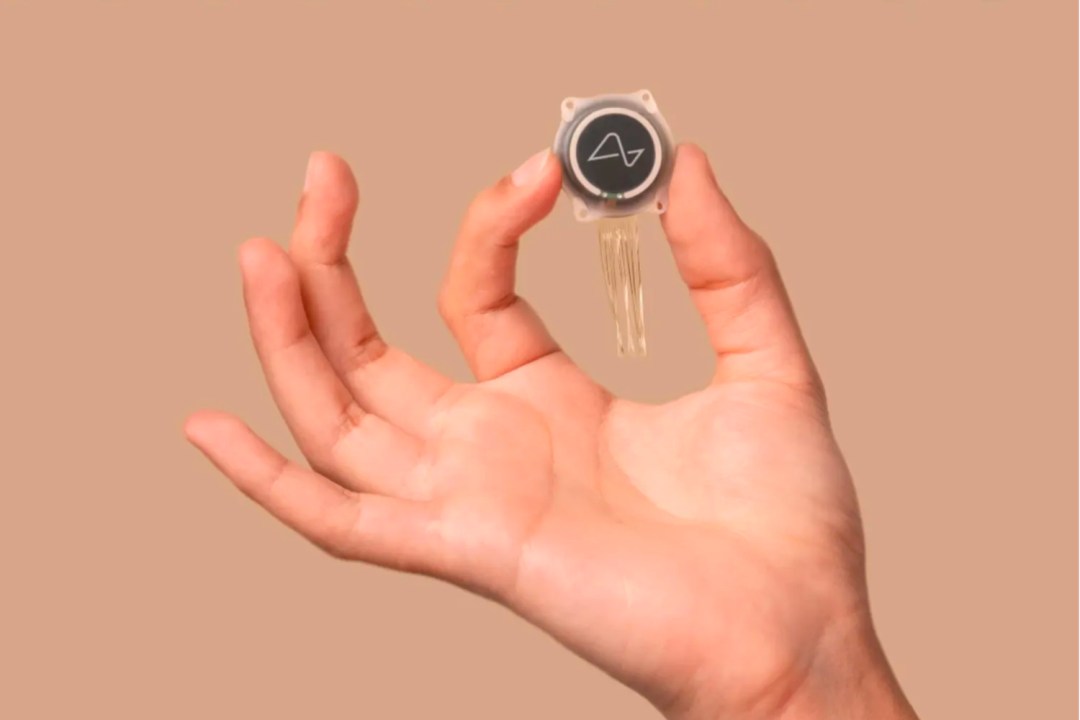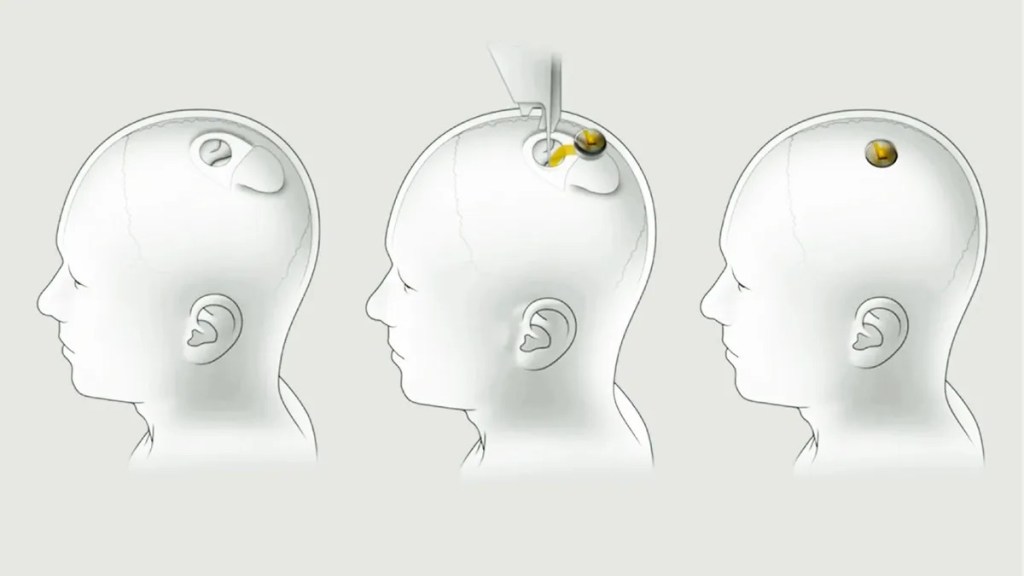How does Elon Musk’s Neuralink brain implant actually work?
Neuralink's implant lives inside your brain to read what you're thinking. It's goal? To help people with mobility issues control things.

Ever fancied controlling your smart home gadgets with just a thought? Or perhaps, uploading your holiday memories directly to the cloud without lifting a finger? Well, hold onto your skulls, because Elon Musk’s Neuralink is on a mission to turn these sci-fi dreams into reality… at least in the future.
For the time being, Neuralink is a little more focused on helping to improve mobility for people with spinal cord issues. You’ll be able to control your gadgets with your thoughts, but this might be a little further off. The first person has actually had the brain implant as part of a clinical study. But how does it actually work?
What is Neuralink in the first place?
Neuralink, led by Elon Musk, is working on a device that could be straight out of a sci-fi movie. The device, known as the Link, is a coin-sized implant that wants to set up shop inside your head. It can record, stimulate, and reproduce the electrical activity of neurons in your brain, acting like a sort of brain translator. But what’s the point? To allow you to control external devices or software with your thoughts.
There’s a bigger picture here to just thinking about a text and having it send to your recipient. The core idea is to improve the lives of people with mobility issues, particularly spinal cord injuries. With the implant, you’d be able to control prosthetics, devices around you, or software that you otherwise couldn’t. It would be a way to try to get back to living without any impairment. In the bigger picture, the implant will likely be available commercially. But for the time being, it’s more of a tech-for-good type of thing.
But before you start picturing a sci-fi horror scene, let’s dive into how this brainy tech actually works.
So, how does it all work, then?
The process starts with surgery – it’s nowhere near as invasive as it sounds, however. The Link device gets implanted into your skull through a procedure that’s more futuristic than your standard dentist visit. It involves a highly precise robot, steadier than a surgeon’s hand, inserting hair-thin threads into your brain (through your skull, of course). These threads are so fine that your brain hardly notices them moving in, but they’re the real heroes of this story.

Once these threads are cosily in place, they start listening in on your brain’s activity. They can’t read your thoughts, or anything like that. Rather, they can understand the electrical signals your brain fires across. Neurons, the gossipy cells of your brain, communicate through electrical signals. The electrodes on these threads are like tiny spies, picking up on what your neurons are doing. This chatter is what Neuralink aims to understand and translate. The Link implant isn’t just eavesdropping for the sake of gossip. It’s decoding your brain activity to figure out what you’re trying to do. Whether it’s thinking about grabbing a cuppa or dreaming about sprinting, Neuralink wants to understand your intentions without you moving a muscle.
This is where the (almost) magic happens. Once Neuralink has cracked the code of your brain signals, it can use this info to let you control external devices. Imagine typing out a message, turning up the thermostat, or even controlling a robotic arm, all by just thinking about it. For those who have lost the ability to move, this could be a game-changer. And Neuralink’s ambitions don’t stop at turning you into a mind-powered puppeteer. The future might hold possibilities for two-way communication, where not only can you control devices with your mind, but you could also receive sensory feedback directly to your brain. Imagine downloading an entire language to your brain.
How safe is it?
Neuralink is aware that the brain is not just another body part you can easily slap a plaster on. That’s why the implantation is done by a robot that’s got more precision than a Swiss watchmaker on a good day. It’s more precise than any doctor could be, which is an encouraging sign when it’s messing around with your dome.
Ever tried mixing water with oil? Doesn’t work too well, does it? The same principle applies to foreign objects in the body. That’s why Neuralink’s threads are made to be as biocompatible as possible. This means they’re designed to sit in your brain without causing a fuss, like a well-behaved guest. The goal is to prevent the body from throwing a tantrum and rejecting the implant.
But don’t just take Elon’s word for it. Like we said, the first person to receive the Link got the implant a few weeks ago as part of a clinical study. And they’re doing well! Neuralink has explained that the patient is recovering well, and the implant is detecting brain activity as it should. They even uploaded a selfie to show they’re still alive and kicking. Though, they might be thinking about a Tesla whenever they consider getting a new car.
Since then, Neuralink has shown the progress of the patient through video updates. He’s been shown using and controlling a computer with just his thoughts. He has described the surgery as “super easy” and is now learning how to differentiate between “imagined movement versus attempted movement”. He went on to say, “It’s not perfect, I would say that we have run into some issues. I don’t want people to think that this is the end of the journey. There’s a lot of work to be done, but it has already changed my life.” Neuralink is continuing with clinical trials.
We’re a while off, but it’s an exciting glimpse at the future
While the promise of Neuralink is as exciting as a full-English on a Sunday morning, it’s still early days. The technology is undergoing rigorous testing to ensure it’s safe, effective, and doesn’t turn us into cyborgs (unless that’s your thing, no judgment).
So, while we’re not yet at the point of downloading our brains to a hard drive, Neuralink is taking the first steps towards blurring the lines between human and machine. Whether that excites you or sends a shiver down your spine, one thing’s for sure: the future’s got some pretty wild ideas.